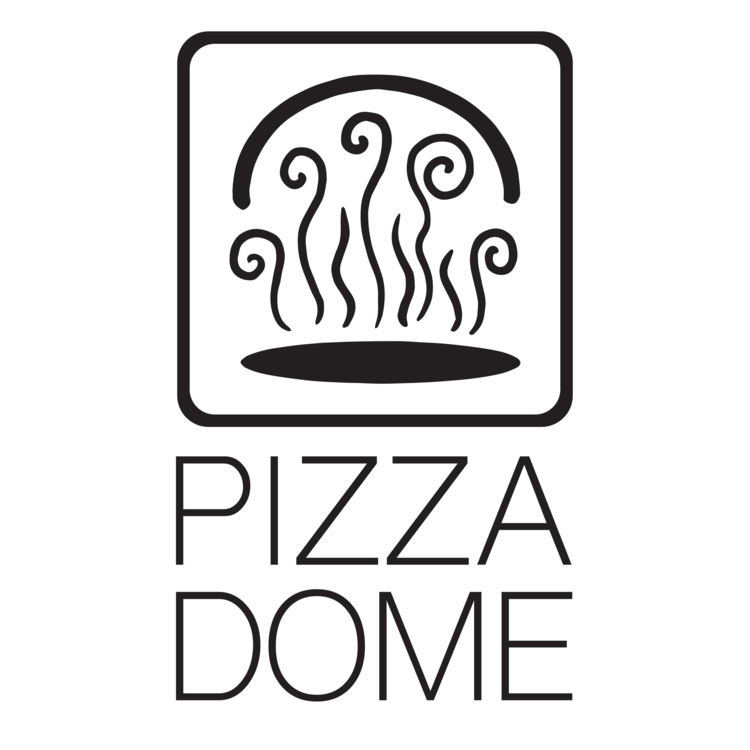THE SCIENCE BEHIND THE PIZZA DOME:
The lensing effect caused by the Dome shape forms a smaller space for air circulation above the pizza, making a sort of oven inside of an oven. This allows for the pizza to get hotter than it ever would have been able to without the Pizza Dome. A setting of 500 to 550° in an oven using the PD will produce a temperature of 700 to 750° just under the Dome.
Air circulates quickly and easily in the standard structure of an oven because there is more space and thus temperature differences to drive the motion. The Dome utilizes slow convection by safely reducing/constricting the space available for air flow.
When the PD is installed, there is a significant gap at the back of the oven where the air is forced through, passed the sensor and out through the vent. Furthermore, the arch in the center of the dome is approximately 8" above the cooking surface.
The concentration of the high heat allows the crust to sear quickly before moisture can escape - crispy on the outside, chewy and fresh on the inside! Hotter cooking surface and atmosphere = better crust, better caramalization of toppings, and better pizza!
Because the heat is coming from the bottom and redirects back down from the top, pizzas cook evenly in as little as 4-8 minutes. Just like authentic wood fired/brick oven pizzas!
Heat (energy) is transferred in 3 ways
Conduction
Heat is transferred this way by means of direct interaction between molecules. They collide into each other and transfer energy. A simple example of this is the pouring of a hot liquid into a mug and feeling the temperature increase on the outside of the mug.
Convection
This is essentially the transfer of heat via the mixing of substances at different temperature. Hot air diffusing through a room of cold air is an example of convection.
Radiation
This is the transfer of heat by means of electromagnetic waves. Radiation is how the sun's energy reaches earth. It's also the main way PD does what it does.
The element of the stove heats up the Pizza Dome by all three heat transfer mechanisms. The Pizza Dome itself also heats up the air around it and the stove by means of all three methods, but mainly through radiation. As the Dome radiates heat, the curve creates what's known as a lens effect, concentrating and directing the heat toward the cooking surface.
